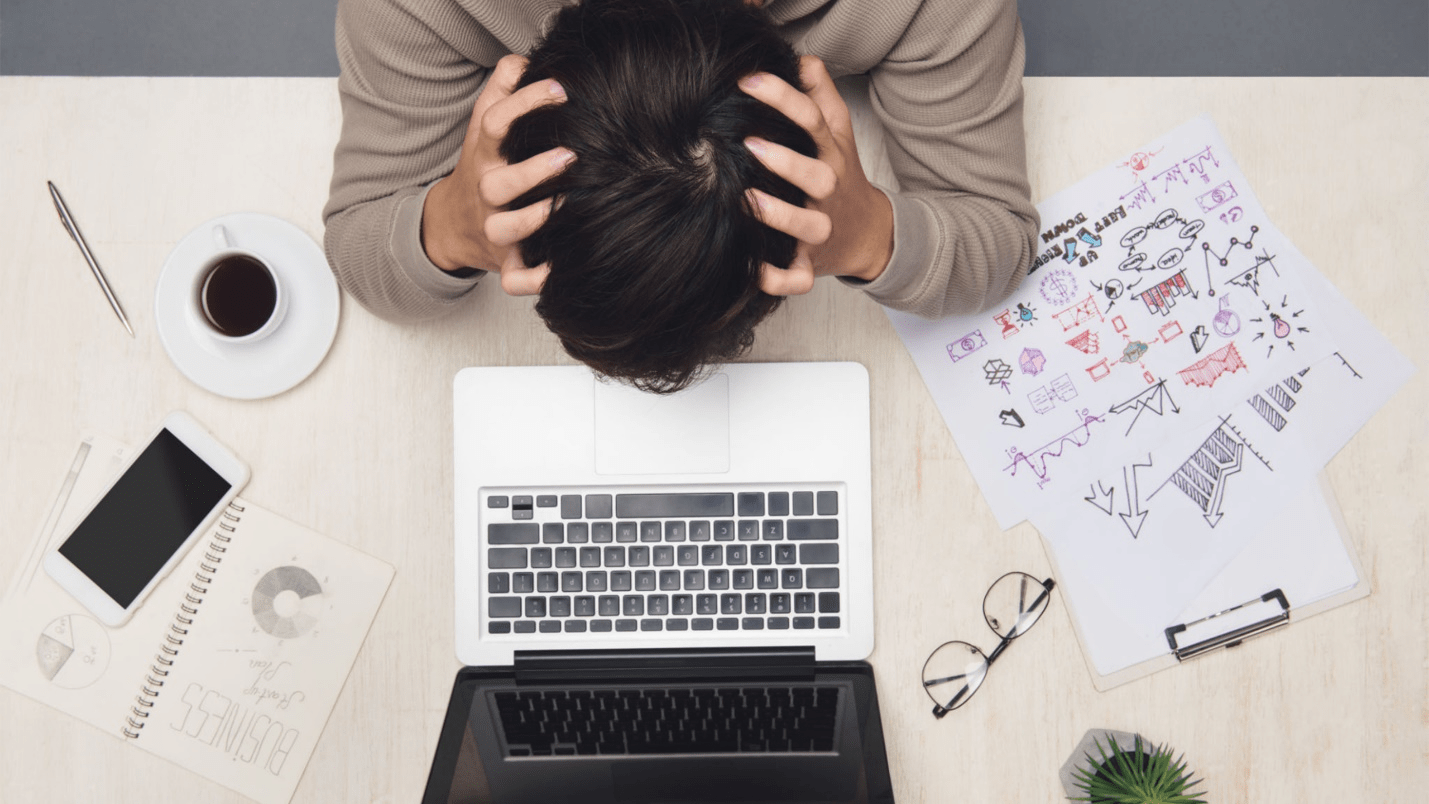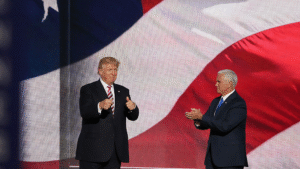
UK Grocery Inflation Eases to 5% in August 2025
UK grocery inflation eases to 5% in August 2025, showing slight relief. Consumers shift to value shopping as branded items rise and dining out declines.

Workers were more stressed than ever in 2021, according to the analytics firm Gallup’s 2022 State of the Global Workplace report, a stat which no one wants to break. In every country, 44% of workers claimed they were always stressed out at work, and 1 in 5 said their jobs made them miserable. According to the report, working women in the United States and Canada were among the most stressed out workers worldwide.
The usage of technology contributes to the problem. There has long been discussion about the necessity of periodic digital detoxes. But over the past two years, the situation has become more complicated due to a dependence on technology and the majority of workforces working remotely. Some people have had trouble separating their personal and professional lives, which has caused them to put in extra hours of work during the challenging times brought on by the coronavirus pandemic. These people are now having problems as a result of their excessive screen time.
As remote and hybrid work environments gained traction, Covid-19 opened the floodgates for the use of ICT applications like Zoom, Microsoft Teams, Google Meet, Slack, and Trello. They have not been without consequences, despite the fact that workforces have come to rely heavily on them as a means of connecting with teams that are working remotely. Naturally, we can no longer function without these technologies, but it’s crucial to prevent them from taking control. It’s crucial to remember that they serve you, not the other way around, so try not to let them overwhelm you.
Research in psychology and neuroscience has demonstrated that taking breaks has several advantages. According to several research, those who take breaks every 90 minutes report having 30% more focus than those who take no breaks or only one per day. Additionally, studies have shown that people who take breaks have a 50% larger capacity for creative thought as well as a 46% higher level of health and wellbeing. Doing less is sometimes the wisest choice.
The improper tasks can sometimes waste people’s energy. Additionally, it may be wise to arrange work according to your best times of performance, which varies from person to person. Work practices have seen a significant transition in the Covid-19 era as many physical offices make way for hybrid and remote settings. Technology companies have designed their products to accommodate these shifts. Slack, a commercial chat app that Salesforce acquired in 2021, has positioned itself as a virtual corporate headquarters for companies. The “Success from Anywhere” hybrid workforce strategy for Salesforce is now centered around this.
Employers should think about switching to asynchronous methods of communication where quick reactions are not expected as the globe reimagines work-life balance in a hybrid environment. Prioritizing a few necessities can be the first step in ensuring that employee well-being is not jeopardized. How many hours do you spend working each day? How many hours do you sleep? Because of this, team leaders should keep checking in with them frequently to make sure their needs are being met and workloads are still reasonable.

UK grocery inflation eases to 5% in August 2025, showing slight relief. Consumers shift to value shopping as branded items rise and dining out declines.

Zelenskiy–Trump summit boosts markets as equities rise and the dollar steadies amid growing peace hopes. Investors await Fed insights at Jackson Hole for further direction.

Statistics Canada is investigating an accidental early release of June manufacturing data, raising concerns over data governance and market integrity. The agency has launched an internal review to strengthen its publishing protocols.

Investor confidence in France is deteriorating as political gridlock and budgetary uncertainty deepen.

June 09, 2025: Canada will host the 50th G7 Summit from June 15 to 17 in Kananaskis, Alberta, amid heightened global tensions and economic rifts.

May 30, 2025: Canada’s economy expanded at an annualized rate of 2.2% in the first quarter of 2025, outperforming the market forecast of 1.7%.

UK grocery inflation eases to 5% in August 2025, showing slight relief. Consumers shift to value shopping as branded items rise and dining out declines.

Zelenskiy–Trump summit boosts markets as equities rise and the dollar steadies amid growing peace hopes. Investors await Fed insights at Jackson Hole for further direction.

Statistics Canada is investigating an accidental early release of June manufacturing data, raising concerns over data governance and market integrity. The agency has launched an internal review to strengthen its publishing protocols.

Investor confidence in France is deteriorating as political gridlock and budgetary uncertainty deepen.

Leave us a message
Subscribe
Fill the form our team will contact you
Advertise with us
Fill the form our team will contact you